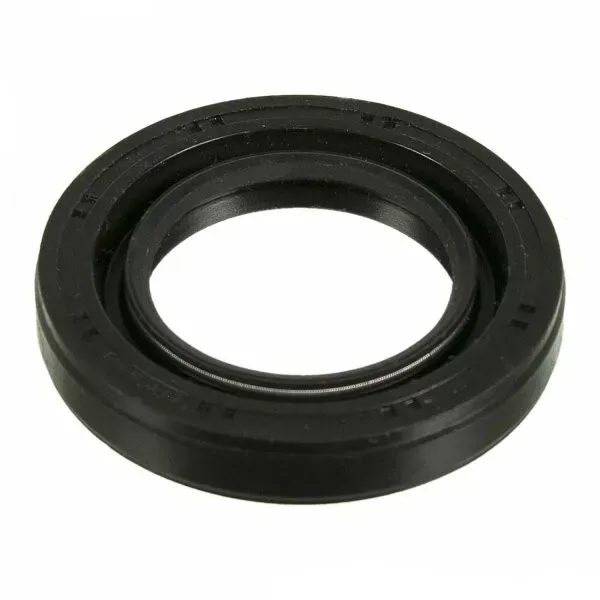Innovative Solutions for Marine Shaft Bearing Performance and Maintenance
Understanding Marine Shaft Bearings Key Components in Marine Engineering
Marine shaft bearings are vital components in the field of marine engineering, serving a crucial role in the functioning and efficiency of various watercraft. They are essential for supporting the weight of rotating shafts, minimizing friction, and ensuring smooth operation in challenging marine environments. This article explores the importance of marine shaft bearings, their types, and maintenance considerations.
What Are Marine Shaft Bearings?
Marine shaft bearings are specialized bearings located within the propulsion system of a vessel, primarily tasked with supporting the ship's propeller shaft. These bearings facilitate the rotation of the shaft that transmits power from the engine to the propeller, enabling the vessel to move through water. Given their critical function, these bearings must withstand significant pressure, environmental factors, and constant wear from operation.
Types of Marine Shaft Bearings
There are several types of marine shaft bearings, each designed for specific applications and operating conditions
1. Plain Bearings These are the simplest type of bearings, typically made from materials such as bronze or composite materials. They allow for direct contact between the shaft and the bearing surface, relying on a thin film of lubricant to minimize friction. Plain bearings are advantageous due to their simplicity and can handle considerable loads.
2. Roller Bearings These bearings use rolling elements (such as balls or rollers) to reduce friction between the shaft and the bearing. They are often used in applications requiring high-speed operation and lower friction. Roller bearings are less common in marine applications due to their susceptibility to corrosion and the challenging operating conditions in marine environments.
marine shaft bearings

3. Sleeve Bearings This type is a cylindrical bearing that provides a smooth and low-friction interface between the shaft and the bearing surface. Sleeve bearings are commonly used in marine applications to support propeller shafts due to their durability and ability to handle heavy loads.
4. Hydrodynamic Bearings These bearings operate on the principle of hydrodynamic lubrication, where the movement of the shaft creates a lubricating film. They are particularly effective in high-speed applications and are favored in modern marine propulsion systems.
Importance of Maintenance
Proper maintenance of marine shaft bearings is critical to prolonging their lifespan and ensuring optimal performance. Regular inspection and monitoring should be carried out to check for signs of wear, corrosion, or misalignment.
Lubrication is another essential maintenance factor. Using the correct type of lubricant and ensuring it reaches the bearings effectively can significantly reduce wear and extend bearing life. Operators must also be vigilant about environmental factors, such as water ingress and contaminants that could compromise the integrity of the bearings.
Conclusion
Marine shaft bearings play an indispensable role in the efficient and safe operation of marine vessels. Understanding the different types of bearings and their specific applications enables marine engineers to make informed decisions regarding design and maintenance practices. By prioritizing proper maintenance and employing the right bearing technology, ship operators can enhance the performance and longevity of their vessels, ultimately leading to improved safety and efficiency on the water.
In conclusion, marine shaft bearings are more than just components; they are key players in the marine engineering landscape, bridging the gap between mechanical power and efficient marine propulsion. As vessels continue to evolve and face the challenges of modern maritime operations, the role of these bearings will remain pivotal in ensuring the reliability and effectiveness of marine transportation.
-
Understanding the Front Main Engine Seal: Purpose, Maintenance, and Installation
News Jul.29,2025
-
Understanding O-Rings and Seal Rings: Types, Applications, and Custom Solutions
News Jul.29,2025
-
Understanding Crankshaft Oil Seals: Rear Seals, Pulley Seals, and Their Role in Engine Integrity
News Jul.29,2025
-
The Importance of Front and Rear Crankshaft Seals in Engine Performance and Oil Management
News Jul.29,2025
-
Crank Oil Seals: Functions, Types, and Cost Considerations in Engine Maintenance
News Jul.29,2025
-
A Comprehensive Guide to O-Rings and Seals: Types, Materials, and Global Applications
News Jul.29,2025
-
Mastering Diesel and Performance Engine Maintenance: A Guide to Critical Oil Gaskets
News Jul.28,2025
Products categories















